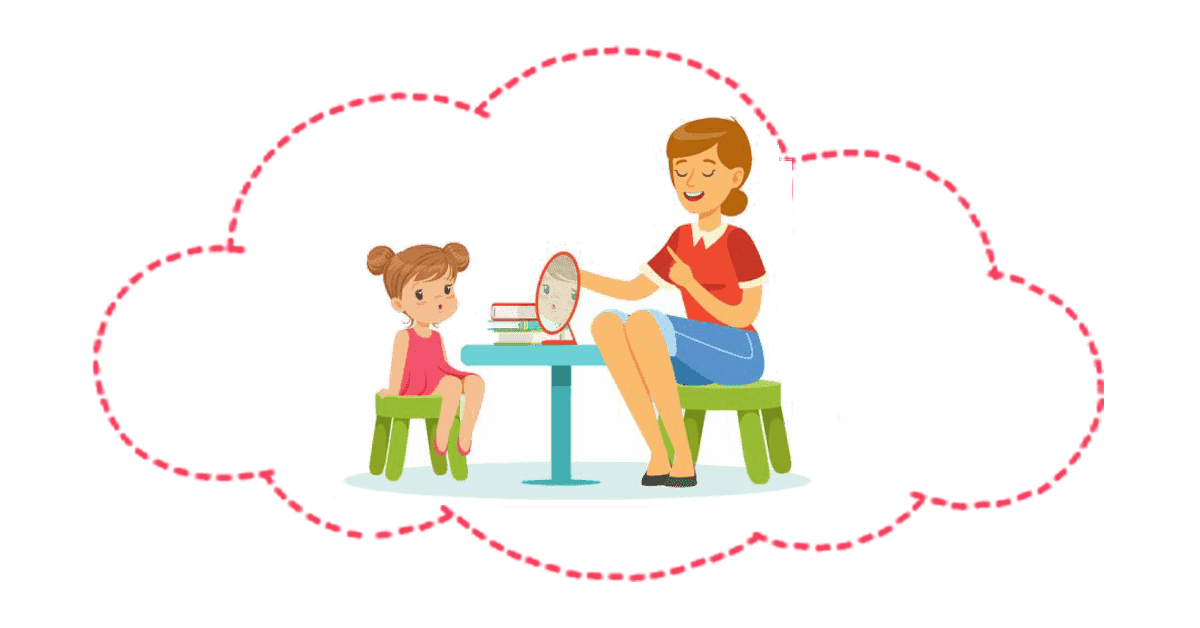I wanted to share an interesting technique to facilitate motivation in students in the school and in the home. This technique helps with not only organization but aids in promoting focus in youngsters. It also aids in generalizing speech techniques for fluency issues such as cluttering; for children who are generalizing sounds to spontaneous speech; for those who have issues with behavior or those who just need improvement with showing enthusiasm or positive attitude toward work in the classroom, speech therapy or even home.
I am talking about incentive charts. Each chart should be created for an individual child depending on the goals that the parents, teachers or clinicians are looking to achieve. For example, I have a child who has difficulty focusing, who frequently interrupts a clinician, who has a decreased self confidence and becomes very upset when she is corrected or when a different way is suggested. The child frequently laughs in class when other children’s responses are incorrect. So for this student I created an incentive chart. On the left side I wrote out all the things that the student will do, such as :”I will not interrupt a teacher and raise my hand when I want to say something”, or “I will cheer the students when they answer questions”, “I will track the teacher at all times” etc.. A speech goal could include: “ I will watch my /r/ sound as I practice my speech/ reading/math homework with my mom/therapist ”.




Next to each goal I leave several boxes for a reinforcer, usually stickers. Once the child receives a certain amount of stickers (start with a small amount, say 5 and build it to 12-15), he will get to play a game, get a prize, bring a stuffed toy to school or from school, have lunch with a teacher, or get a new toy, or anything else that your child or a student may like.
 Should you not wish to use an incentive chart you may use marbles. Kids love marbles! I usually put a marble in a cup that has a designated goal written on it. I may even have 3-4 cups per goal in a session. For a cup that has more marbles by the end of the session/speech practice in the home , the child earns a big sticker, and for a cup with fewer number of marbles, he earns a small sticker. Marbles are more fun and are more tangible and a child may earn marbles and place them in a cup by himself. (I would however strongly advise that marbles be used with older children as it is a choking hazard.)
Should you not wish to use an incentive chart you may use marbles. Kids love marbles! I usually put a marble in a cup that has a designated goal written on it. I may even have 3-4 cups per goal in a session. For a cup that has more marbles by the end of the session/speech practice in the home , the child earns a big sticker, and for a cup with fewer number of marbles, he earns a small sticker. Marbles are more fun and are more tangible and a child may earn marbles and place them in a cup by himself. (I would however strongly advise that marbles be used with older children as it is a choking hazard.)
For a child who has difficulty with organization, you can use this technique as well. For each goal that you create for him, such as 1. Read a book. 2. Write 5 sentences with given words, 3. Complete math homework , the child can put a check, give himself a sticker, or a marble. This way he will have a visual, or a plan, if you will, that will organize him and facilitate focus on tasks. These are just a couple of ideas that should be catered to each child, and to his goals that parents, teachers or clinicians would like to achieve.

